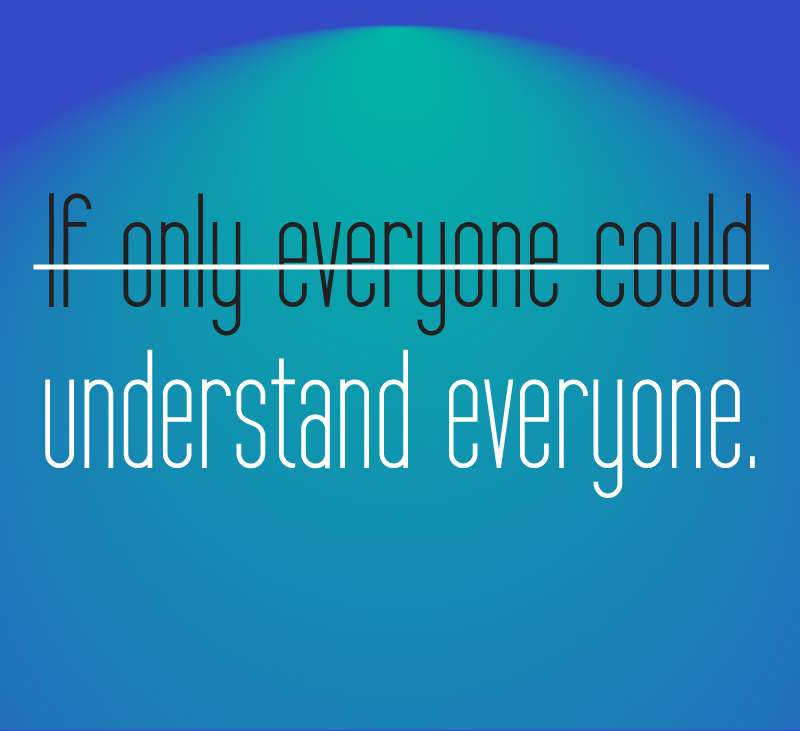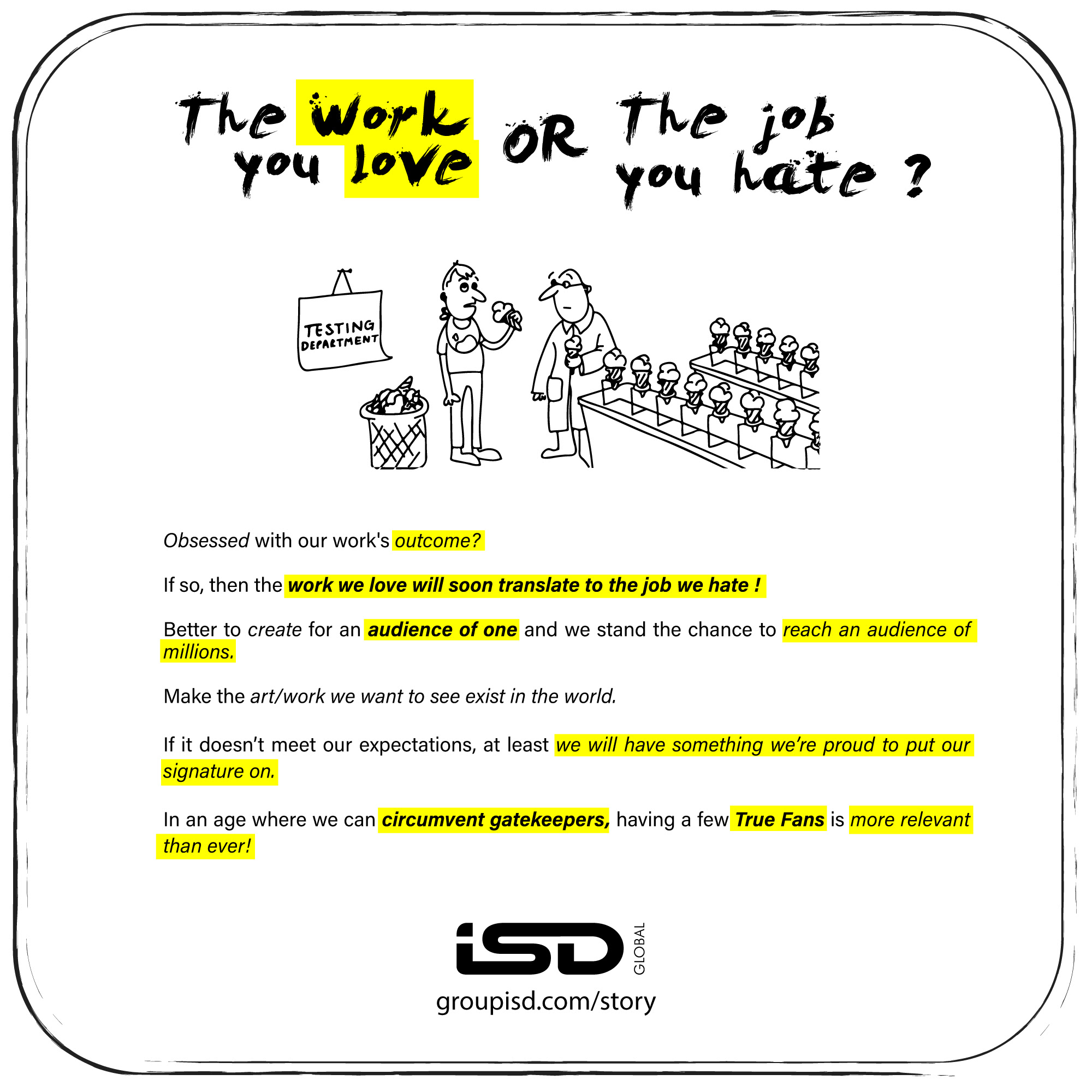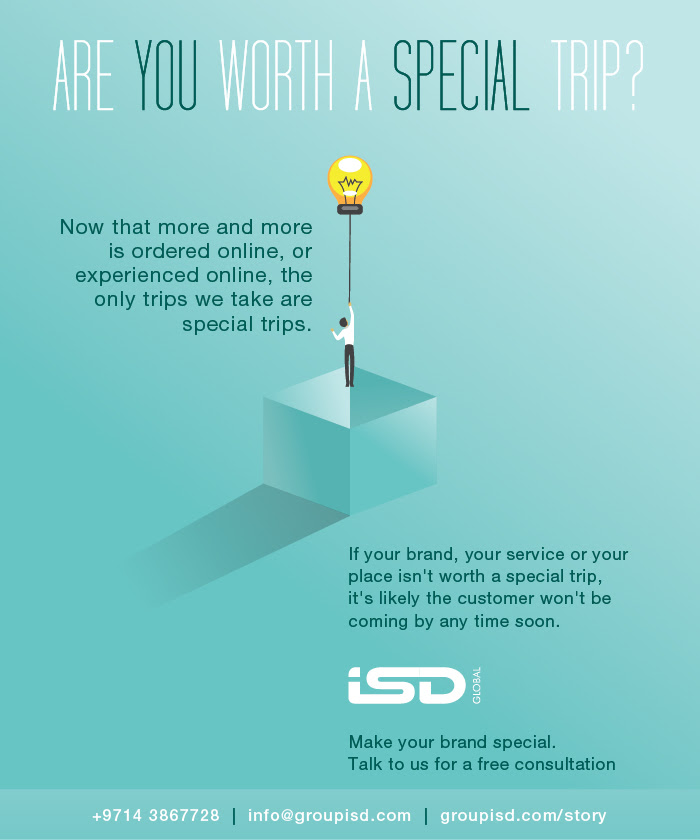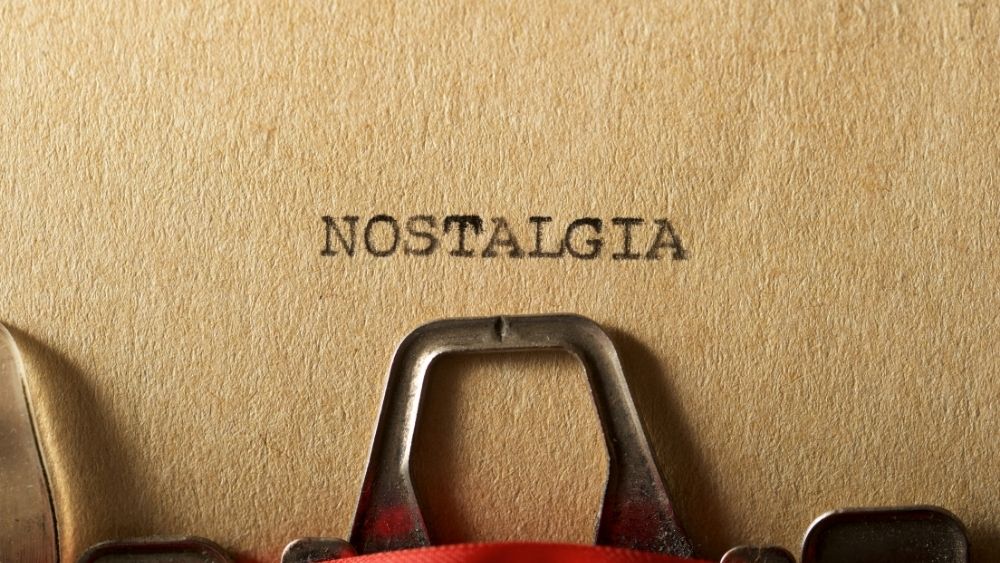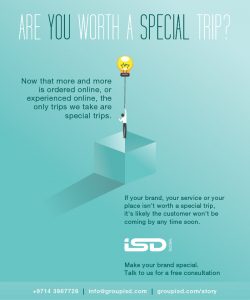The New Prescription for Marketers: Subscription
Saying that we are in the ” The Age of the Customer ” would be stating the obvious. Here’s how Forrester Research describes the new consumer mindset: “ The expectation that any desired information or service is available, on any appropriate device, in context, at your moment of need.” Customers have new expectations (and yes, those expectations have certainly been driven by millennials, but at this point, almost everyone shares them). They want the ride, not the car. The milk, not the cow. The new Kanye music, not the new Kanye record.
Welcome to the Subscription Economy. The term refers to the growing number of businesses that use subscription or membership models and rely on recurring revenues rather than one-time purchases. And aside from transportation and retail, they are entering diverse businesses including Fashion, Personal Hygiene, Furniture etc.
Apple is a subscription business with Apple Music. And so is Google with Google Express. And all the binge watchers out there know that Netflix is one. Dollar Shave Club that sends razors home every month to subscribers is one(they got acquired by Unilever for US$ 1 billion). Salesforce, Amazon, Volvo(yes cars), Adobe..the list is growing across business verticals.
The Begining of a New Era
Before anything else, let‘s talk about the flavour of the season: ‘ digital transformation ‘- a vague term definitely, the kind of smart-sounding phrase that gets thrown around a lot in conferences and McKinsey reports and Harvard Business Review articles. The kind of expression that lots of people instinctively nod their head at, whether they know what it means or not. It could mean everything, it could mean nothing. Let’s try to define what it means.
You have read or know about this statistic already: more than half of the companies that appeared on the Fortune 500 list in the year 2000 are now gone. Poof. Vanished off the list as a result of mergers, acquisitions, bankruptcies.The life expectancy of a Fortune 500 company in 1975 was seventy-five years- today you have fifteen years to enjoy your time on the list before it’s lights out. Why is this happening? Instead of dwelling on failure and looking at all the companies that went away, let’s look at the companies that have stayed. Let’s play victor, not victim.
Begining with the usual suspects: Giants like GE and IBM that were on the first list in 1955-and are still on it today-but they don’t talk about their mainframes and refrigerators and washing machines anymore. They talk about “providing digital solutions,” which is an admittedly jargony way of saying RIP Hardware . In other words, these companies now focus on achieving outcomes for their clients, rather than just selling them equipment. GE ran commercials during the Oscars with the tagline “The digital company. That’s also an industrial company.” Notice the switch there.
More companies from that list of 1955 have transformed including Xerox(from manufacturing photographic paper and equipment to information services). McGraw-Hill(from printing textbooks and magazines to offering financial services and adaptive learning systems)..
Next on the list, let’s look at some ‘ new establishment ‘ brands like Amazon, Apple, Google, Netflix, Facebook. All very every day to us but new to the list.They’ve rocketed to the top of the list and show no signs of going anywhere. They never thought of themselves as product companies-so no transformation was needed. From the start, these companies were relentlessly focused on building direct digital relationships with their customers.
And, finally the third category in the list are the upstarts, the ‘ anti establishment brands ‘ like Uber, Spotify, Box: They haven’t just gone beyond selling products, they’ve invented completely new markets, new services, new business models, and new technology platforms, leaving many established companies trying to play catch-up. As consumers, we love these brands, we love these services, and we love the value they provide us-a value that goes way beyond what a single product could ever offer.
What are the common threads among these three groups of companies? Whether it’s GE, Amazon, or Uber, they are all succeeding because they recognised that we now live in a digital world, and in this new world, customers are different. The way people buy has changed for good. We have new expectations as consumers. We prefer outcomes over ownership. We prefer customisation, not standardisation. And we want constant improvement, not planned obsolescence. We want a new way to engage with business. We want services, not products. The one-size-fits-all approach isn’t going to cut it anymore. And to succeed in this new digital world, companies have to transform.
The Customer is Always Right?
A nineteenth century phrase that was doing the rounds. The jury is still out on that question- Fortune 500 Companies built prescriptive strategies around customer focus, but they lacked a descriptive understanding of the mindset of the customer herself. And to no one’s surprise, there were certainly no sweeping changes in public sentiment toward big enterprises. It just wasn’t enough. The winds just weren’t blowing in the right direction.
And then it happened- like a breath of fresh air, digital disrupters like Salesforce and Amazon took the Customer First concept several notches upstream. They began by waving goodbye to the ‘ one to many ‘ approach.(What we call in marketing as the ‘ Spray and Pray ‘ route). They didn’t have customer segments anymore- they had individual subscribers. And every one of those individual subscribers had their own home page, their own activity history, their own red flags, their own algorithmically derived suggestions, their own unique experiences. And thanks to subscriber IDs, all the boring transactional point-of-sale processes disappeared. Ten years ago there was no Spotify, and Netflix was a DVD company. Today both those brands own a significant percentage of the total revenue of their respective industries! Now businesses are asking themselves a whole new set of questions: What do we need to do to build long-term relationships? What do we need to do to focus on outcomes and not ownership? To invent new business models? To grow recurring revenue, and to deliver ongoing value?
The New Marketing Mix
We are seeing a massive shift from the 4Ps( Peace Be Upon It) towards the 4Es: the new approach to customer value proposition, which embodies Engagement, Experience, Exclusivity and Emotion. The the truth is people don’t buy products anymore. They buy experiences and emotions instead. You should change your “what should I sell” or “how should I sell” into “WHY should I sell it?”.
The glory days of the soulless, all-powerful corporation are long gone. Today’s customers are more informed by an order of magnitude. Most of them have researched, assessed, and categorised you before you can even say hello. And to most of them, especially younger ones, ownership just isn’t that important anymore. People increasingly view the prospect of buying something as unnecessary baggage. Today people expect services to provide immediate, ongoing fulfilment, from ride shares to streaming services to subscription boxes. They want to be happily surprised on a regular basis. And if you don’t meet those expectations, you get dropped, not to mention trashed on social media. It’s that simple.
The Shift is On
So, on the one hand you have the old business model, where brands used to focus on “getting a product to market” and selling as many units of that product as possible: more cars, more pens, more razors, more lipsticks, more laptops, more credit cards. They did this by getting their products and services into as many sales and distribution channels as possible. Of course there must be a customer on the other end buying all this stuff, but often you didn’t really care who they were, as long as more units flew off the shelves.
That’s not how the modern company thinks. Today successful brands start with the customer. They recognise that customers spend their time across many channels, and wherever those customers are, that’s where they should be meeting their customers’ needs. Their arc stretches across multiple axis. And the more information you can learn about the customer, the better you can serve their needs, and the more valuable the relationship becomes. That’s digital transformation: from linear transactional channels to a circular, dynamic relationship with your subscriber. A circular economy is a trigger for the subscription model- Long term, engaging, evolving, value enhancing. So, get ready to subscribe to the thought!
ENDS
Suresh Dinakaran is Chief Storyteller at ISD Global, Dubai and Managing Editor, BrandKnew.
https://www.groupisd.com/story
https://www.brandknew.groupisd.com
https://www.brandknewmag.com
https://www.weeklileaks.com
